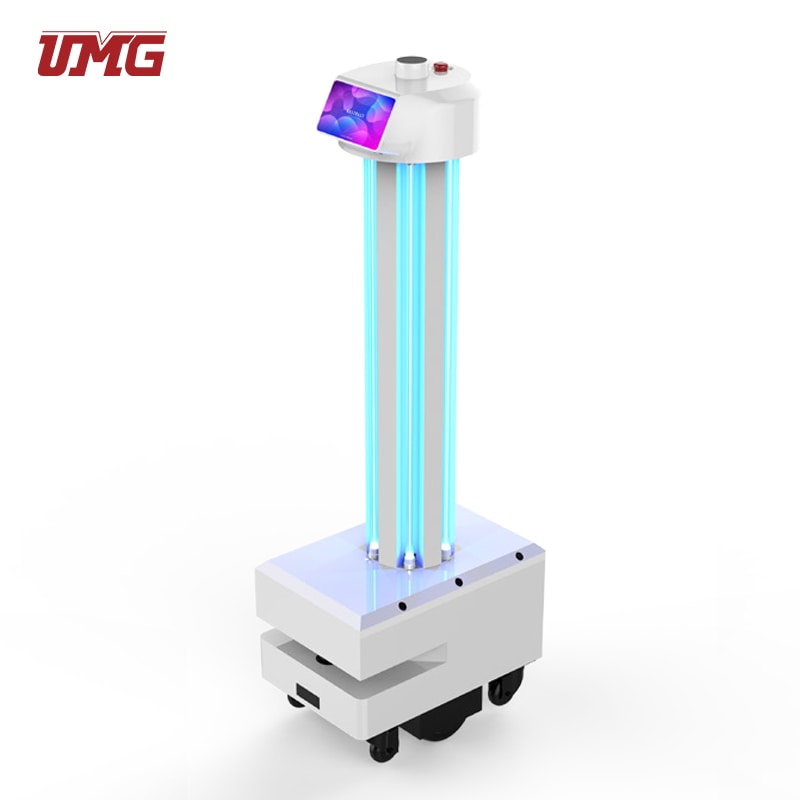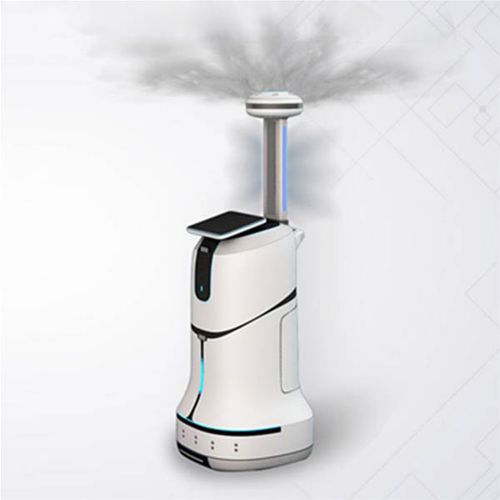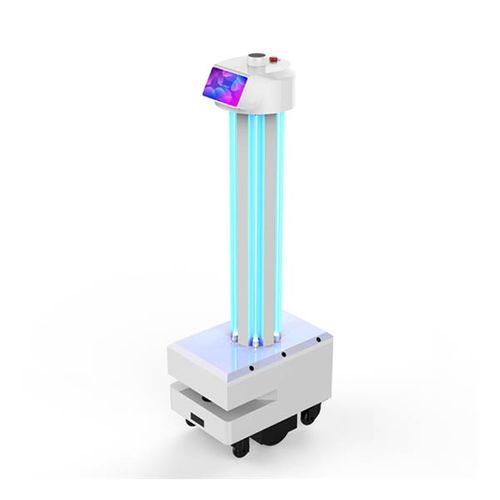
#Product Trends
Advantages of Using Ultraviolet Disinfection Robots in Hospitals
The epidemic crisis has not completely ended, and we still cannot relax our vigilance against the spread of the virus.
At the same time, this also reminds us that in our daily work and life, especially in public places such as hospitals with a lot of people, disinfection is still the top priority.
Ⅰ. Ultraviolet disinfection robot
It is undoubtedly a more accurate and efficient choice to complete the disinfection work by robots than manually.
Because in actual use, unlike traditional fixed disinfection equipment, the disinfection robot can perform rapid disinfection along the path and automatic cycle disinfection, which can greatly reduce the risk of medical staff and avoid cross-infection.
The actual test proved that the ultraviolet disinfection robot can complete the work of manual disinfection for 12 hours in only 2 hours, and the robot is 6 times the original disinfection mode! At the same time, the robot is disinfected according to the timed mode, and the efficiency is greatly improved, which is why it is irreplaceable.
Disinfecting robots can replace manual disinfection of hospital fever clinics, isolation wards and other areas with UV ultraviolet lamps, which can effectively kill all kinds of bacteria and viruses in the air and environment, improve the sanitary environment of the hospital, reduce the spread of infectious diseases, and avoid medical staff. Risk of infection due to manual disinfection.
Because the ultraviolet disinfection robot is mobile, ultraviolet rays are emitted in all directions, so even if it is a sanitary corner, this robot can also perform disinfection.
Whether it is an outpatient department, an operating room, or a ward, the robot can walk around every corner for sterilization and disinfection. The killing rate of spores is as high as 99.99%, which meets the requirements of high-level disinfection.
Use ultraviolet disinfection robots to reduce the risk of airborne diseases. The proportion of hospitalized patients affected by hospital-acquired infection is about 10%.
There is increasing evidence that up to 20% of such infections are spread through the air. Ultraviolet disinfection robots can inactivate microorganisms, thereby helping to create a safer indoor working environment.
Viruses and bacteria in the air can pollute the trapped air indoors, and can pose a real health threat to patients and medical staff in hospitals. Because of this, it is vital to provide adequate protection against bacteria and viruses in the air.
Ⅱ. The reason why the ultraviolet disinfection robot is most suitable for disinfection of the radiology department
First, radiology departments tend to be small in space, neatly arranged, and without windows, making it easy for robots to navigate. Secondly, radiology equipment is very expensive and usually cleaned by radiologists.
This not only takes up the doctor's time, but also puts the doctor at risk. In addition, every time a patient with new coronary pneumonia uses a radiological instrument, the instrument needs to be sterilized. The traditional disinfection method is time-consuming and reduces the detection capacity of the instrument. The deployment of ultraviolet disinfection robots can speed up the disinfection speed, allowing the hospital to perform radiological examinations for more patients every day.







